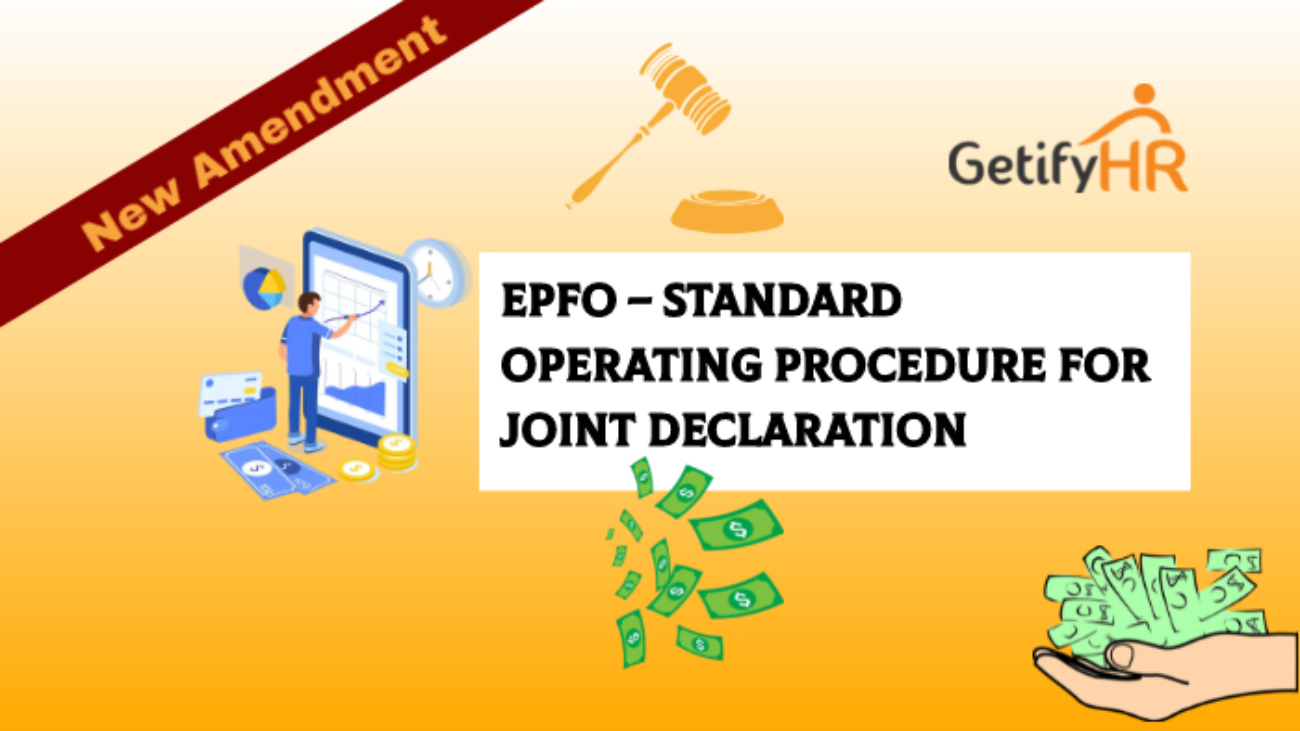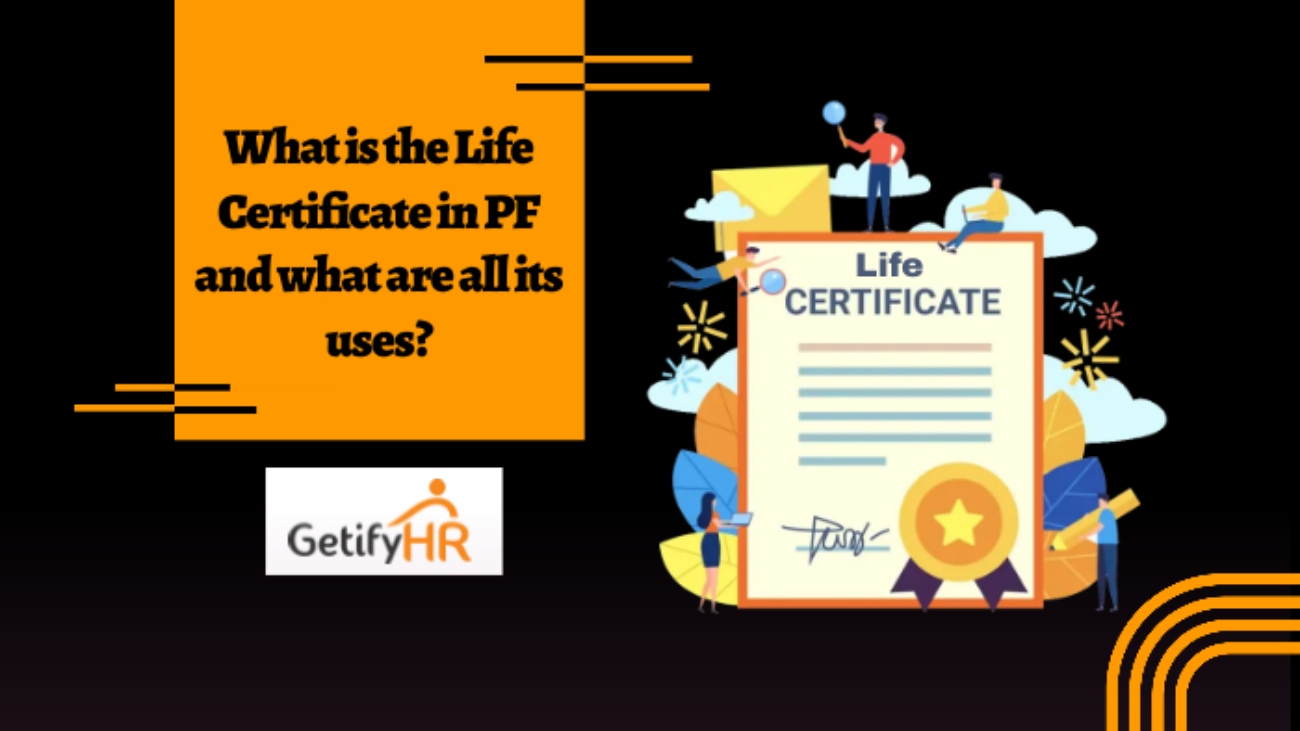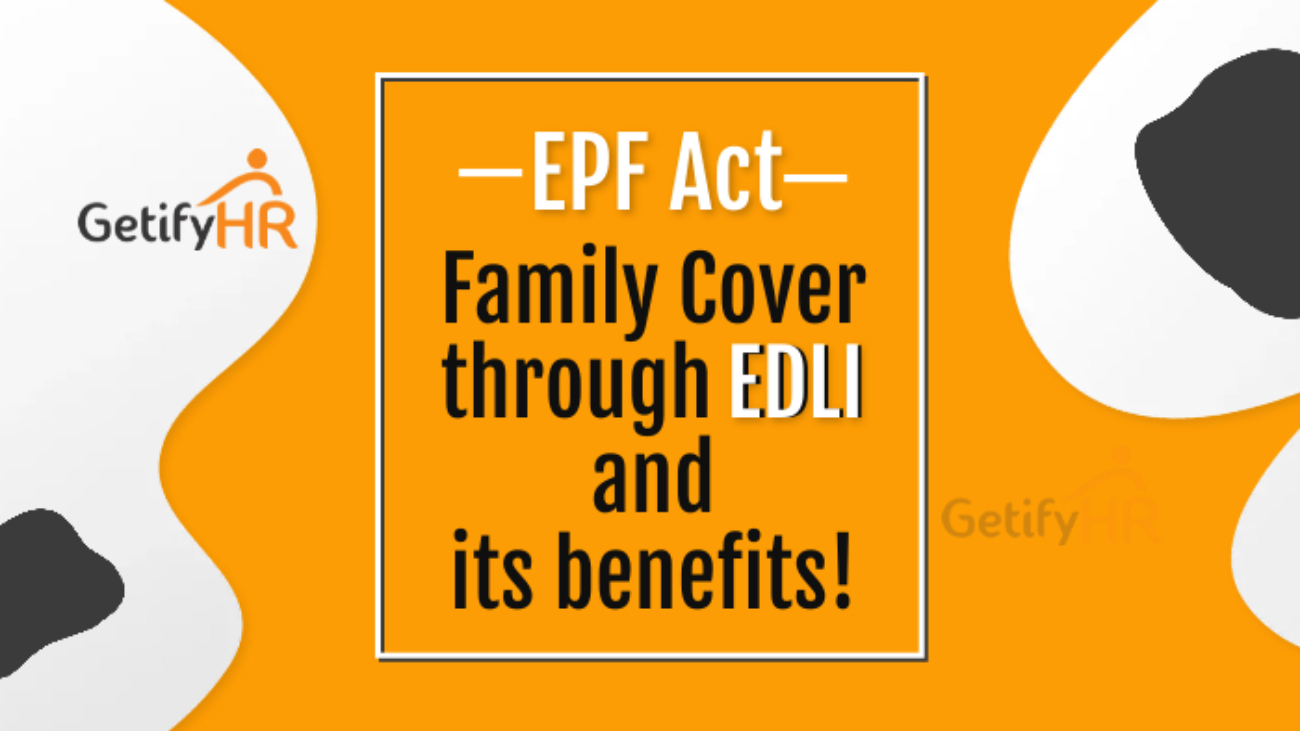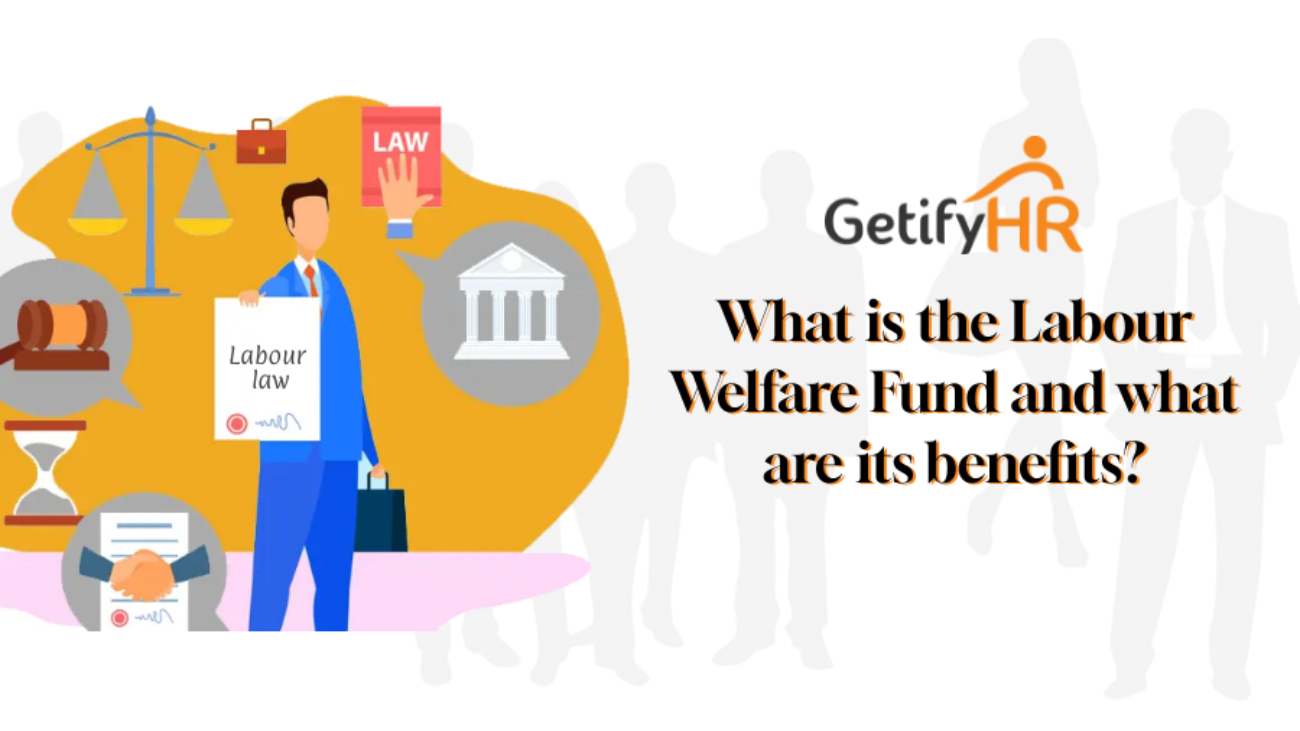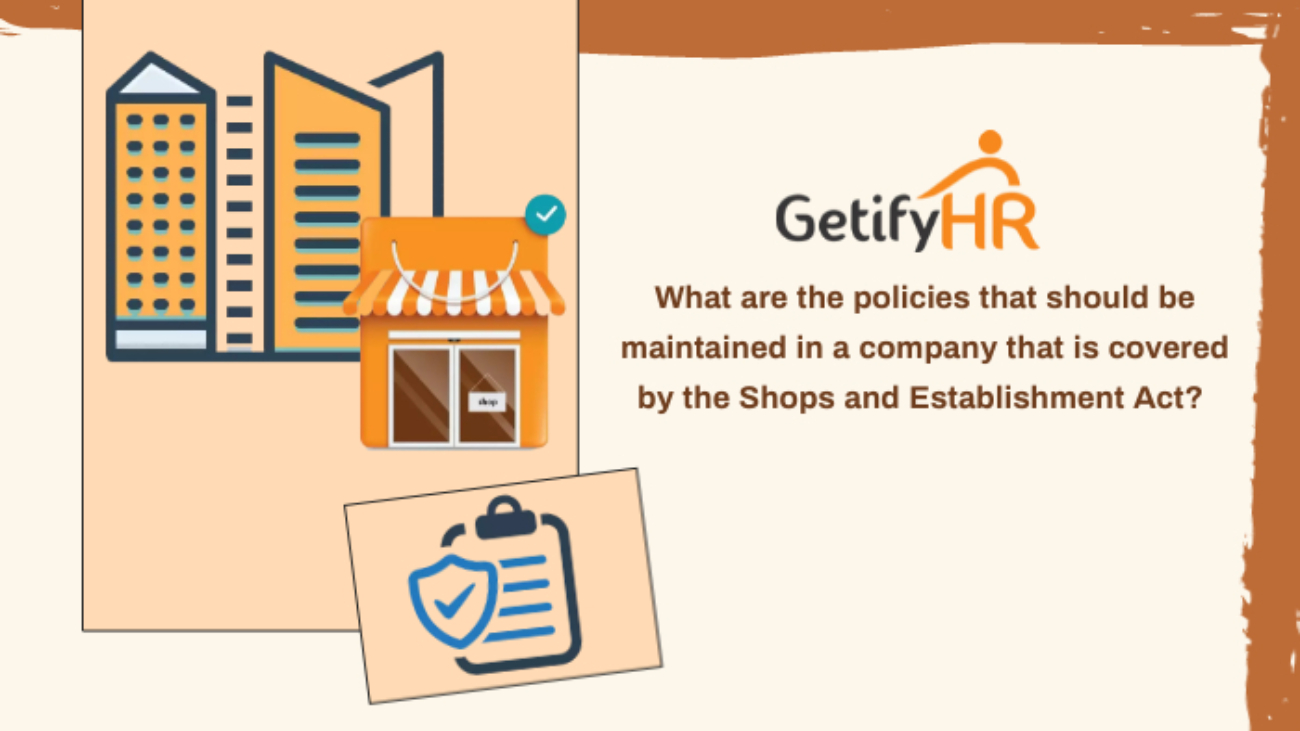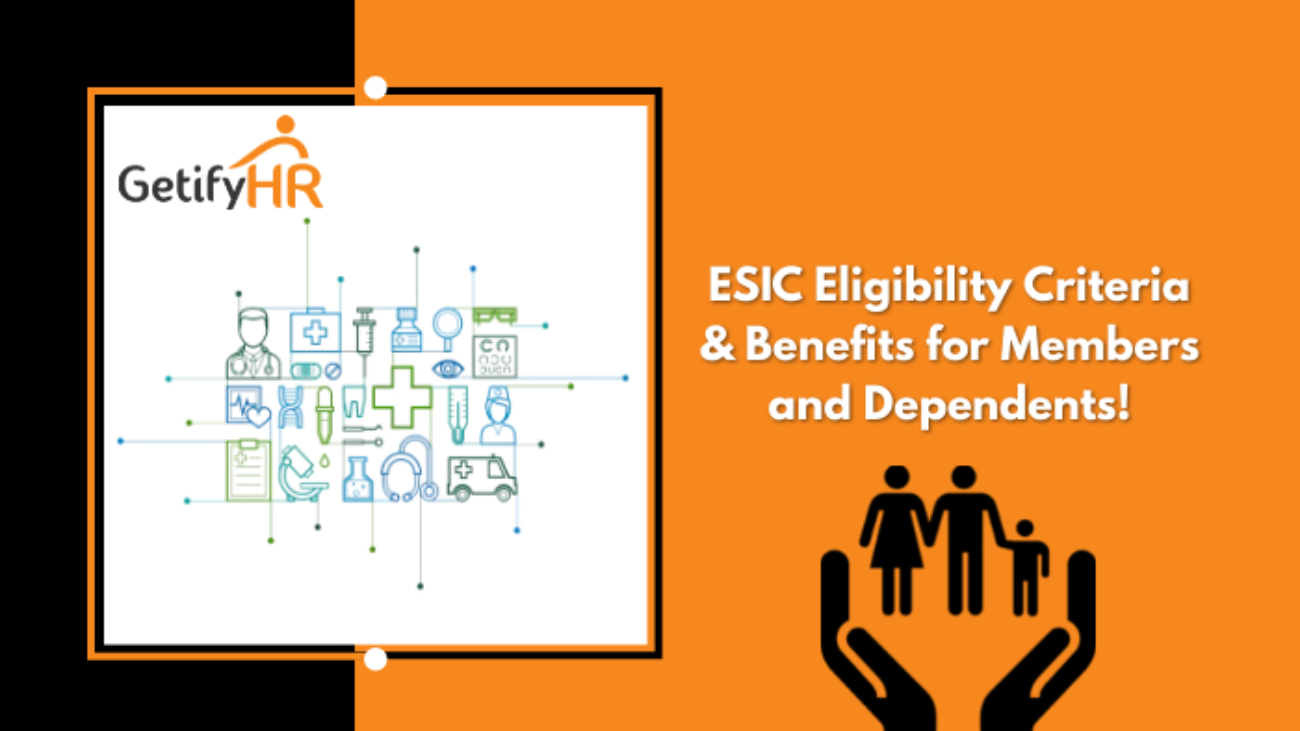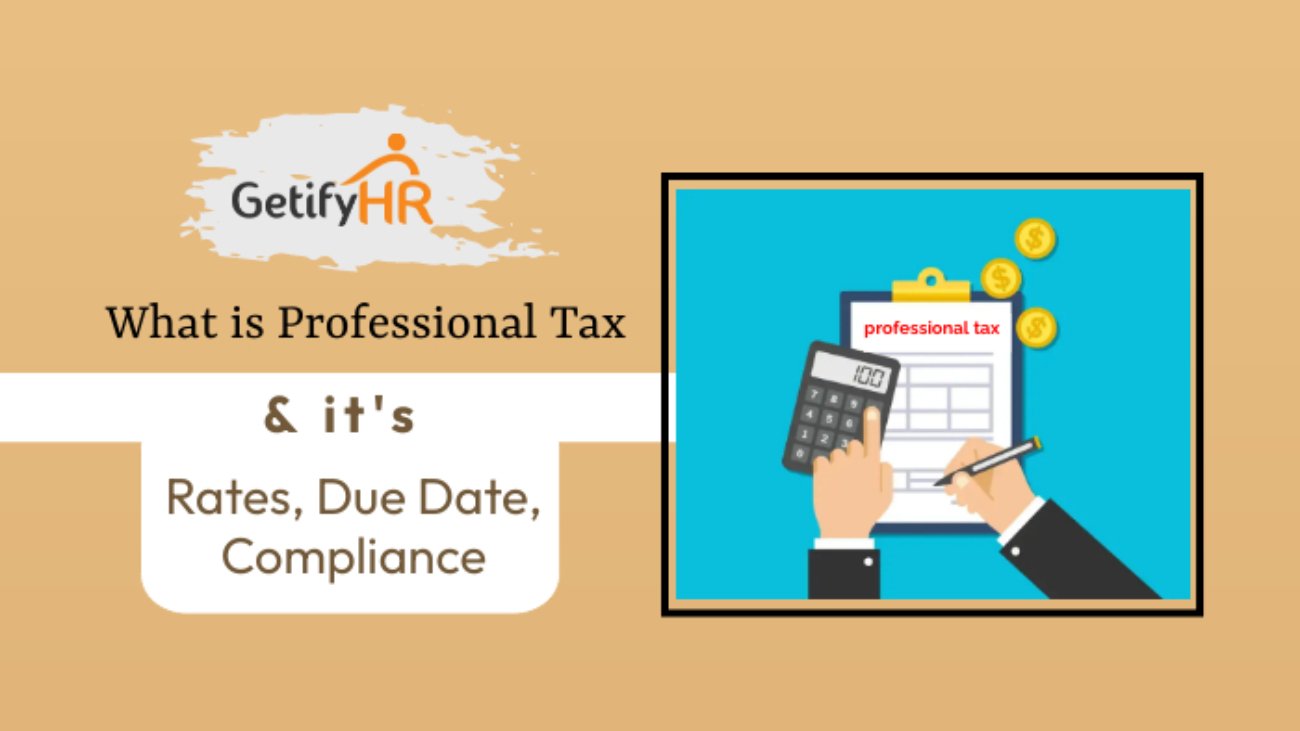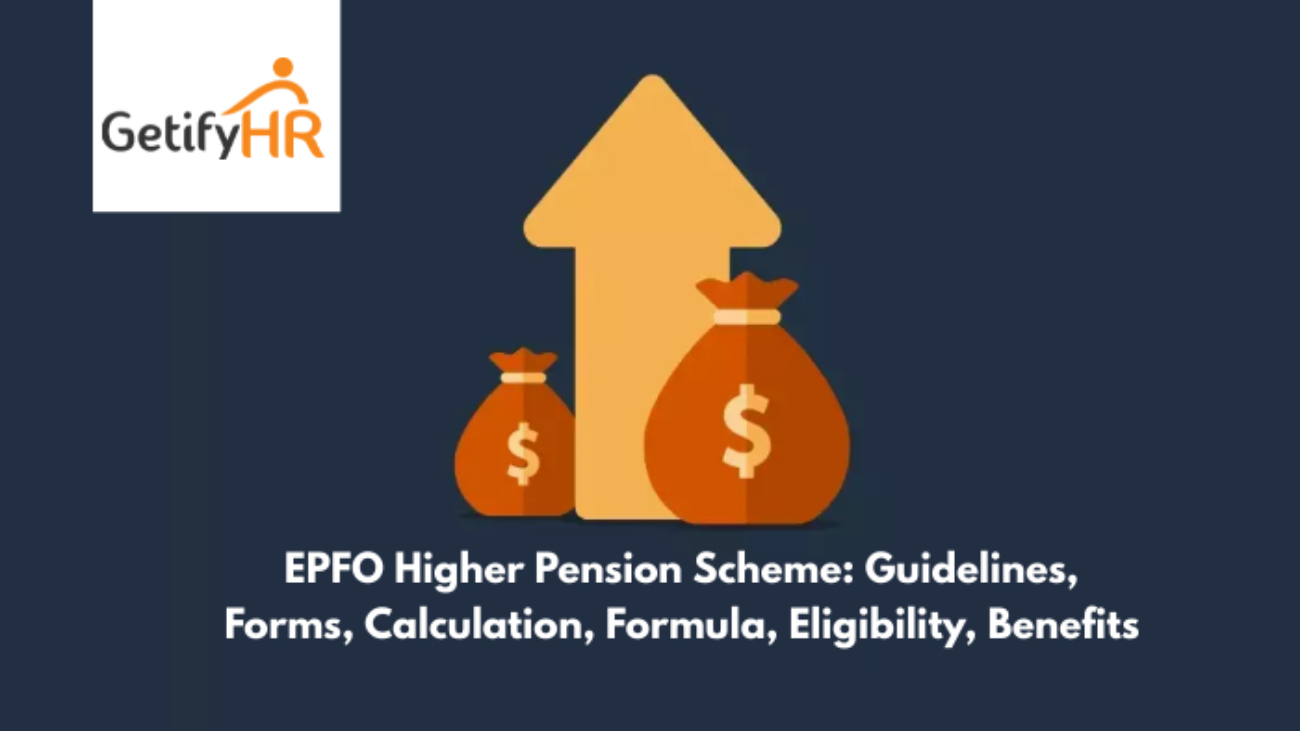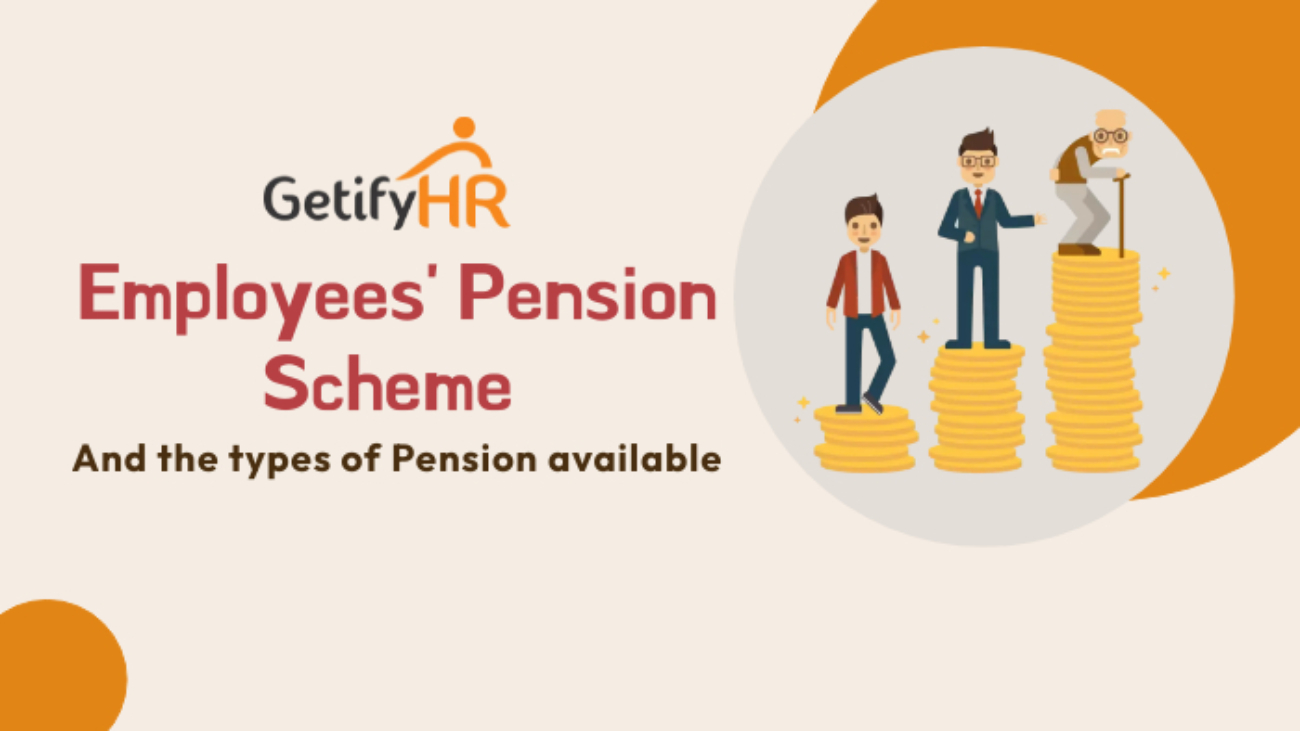Maintaining workplace safety is essential to creating a respectful, upbeat, and productive atmosphere. The Prevention of Sexual Harassment (POSH) Act is a crucial piece of legislation in India that aims to protect workers’ safety and dignity—especially that of women—in the workplace. This in-depth manual seeks to clarify the main points of the POSH Act and its role in improving workplace safety.
Overview of the POSH Act
2013 saw the enactment of the POSH Act, also known as the Sexual Harassment of Women at Workplace (Prevention, Prohibition, and Redressal) Act. It aims to shield female employees from sexual harassment at work and to offer a complaint resolution process. The Supreme Court of India’s 1997 Vishaka Guidelines, which emphasized the necessity of law to stop sexual harassment in the workplace, served as the foundation for the Act.
Important Clauses of the POSH Act
1. Sexual Harassment Definition
Sexual harassment is defined by the POSH Act as a broad range of unwanted acts or behavior (directly or indirectly), including advances and physical contact, requests or demands for sexual favors, sexually suggestive comments, the display of pornography, and any other unwanted physical, verbal, or nonverbal behavior of a sexual nature.
2. The Act’s Scope
The POSH Act applies to both the organized and unorganized sectors and protects all women, regardless of age or job position, whether they work directly or indirectly. It comprises regular workers, contract workers, ad hoc workers, trainees, interns, and even those who drop by the office.
3. Committee for Internal Complaints (ICC)
It is required for each organization with more than ten employees to set up an Internal Complaints Committee (ICC) in each branch or office. This provision guarantees a formal, structured procedure for handling complaints about harassment and discrimination in the workplace. The ICC is in charge of receiving employee complaints, looking into them thoroughly, and suggesting suitable measures to be taken against violators. This committee is essential to preserving organizational integrity, guaranteeing adherence to legal and ethical requirements, and preserving a respectful and safe work environment..
4. The LCC or Local Complaints Committee
The Act requires the District Officer to form a Local Complaints Committee (LCC) for workplaces with less than 10 employees or when the complaint is directed towards the employer. This guarantees that the POSH Act applies to every workplace.
5. Know the Difference
It’s critical to understand the differences between the International Criminal Court (ICC) and the Internal Complaints Committee (ICC). The latter is an international court that hears cases against defendants for crimes like crimes against humanity, war crimes, and genocide. It is situated in The Hague, Netherlands. The International Criminal Court has worldwide jurisdiction and resolves serious international crimes, in contrast to the organizational ICC, which deals with internal workplace disputes. Despite the fact that they both use the abbreviation “ICC” and engage in investigative procedures, their responsibilities, purviews, and functions differ significantly.
6. The Process of Complaint and Redress
A detailed procedure for submitting complaints is outlined in the POSH Act and it must to be completed in writing within three months of the incident. The employer or District Officer must receive the report from the ICC within 90 days of the investigation’s conclusion, and they have 60 days to implement the recommendations.
7. Secrecy
The POSH Act places a strong emphasis on maintaining secrecy throughout the complaint process, from filing to inquiry to suggestion implementation, in order to safeguard the complainant’s privacy and dignity.
Interesting Insights into POSH:
The Act, which went into force on December 9, 2013, aims to shield women against sexual harassment at work and offers procedures for filing complaints and seeking remedies if such an instance occurs. Employers’ obligations in this regard are outlined in the POSH Act, which includes disclosing complaint data in yearly reports.
Furthermore, the Securities and Exchange Board of India required all listed businesses to provide information on sexual harassment allegations in their annual reports starting in 2018.
The requirement for data pertaining to the Act’s execution to be disclosed is a useful addition to the legislation. It can facilitate efficient monitoring of the effectiveness of the law and act as a significant accountability mechanism.
Nevertheless, almost ten years later, there is still no publicly accessible database that compiles information from various employers and businesses. Finding trends and patterns across the sector is tough since the data is still dispersed over different business reports and frequently presented in unintuitive ways.
Stunning Statistics:
Together, the focal companies reported 161 cases in FY 2013–14, the first year the POSH Act went into effect. In a year, this figure shot up to 465.
The figures increased in every year that followed until the first year of the COVID-19 epidemic, FY 2020–21. Across the 300 companies, 586 incidents were reported overall, down from 961 cases in the previous year.
In FY 2021–2022, this number gradually rose to 767; the next year, it surged by 51.2% to 1,160. About 109 accusations of sexual harassment were settled against these companies in FY 2013–14. In FY 2014–15, this increased to 406.
But the number of instances that have been settled has generally lagged behind the number of complaints over time. In FY 2016–17, 2.1% fewer complaints were addressed than the previous year, despite a 12.9% increase in the number of reported instances.
In a similar vein, after FY 2020–21, the first year of the pandemic, the number of complaints increased dramatically, but the number of instances that were successfully resolved fell short.
Advantages of the POSH Law
POSH Act’s implementation offers the following advantages:
Establishes a Safe Work Environment:
It promotes a courteous and safe work environment, which is critical for both the health of employees and the organization’s general output.
Promotes Reporting:
The Act promotes victims’ coming forward without fear of reprisal by offering a transparent process for remedy.
Increases Awareness:
Consistent training and sensitization initiatives required by the Act increase knowledge of what sexual harassment is and how to stop these kinds of situations.
Assures Accountability:
The Act makes businesses responsible for maintaining a secure workplace and handling grievances in a timely and efficient manner.
GetifyHR and Safety at Work
We at GetifyHR recognize the value of a polite and safe work environment. Being a top supplier of payroll outsourcing services, we guarantee quick and accurate payroll processing in addition to providing complete compliance management solutions, which include POSH Act compliance. Our knowledgeable staff helps businesses establish Internal Complaints Committees, provide training programs, and make sure the Act’s legal requirements are met.
Organizations that engage with GetifyHR may concentrate on their main business operations while we handle their payroll and compliance requirements, guaranteeing a secure and law-abiding environment.
In summary
One important piece of law that attempts to give women a safe and respectable place to work is the POSH Act. Comprehending and executing the POSH Act’s provisions is not only legally required but also an ethical duty for all establishments. Establishing a respectful and safe culture can help firms increase employee happiness, lower attrition, and boost overall productivity.
GetifyHR is dedicated to assisting businesses diligently in their efforts to establish a secure and legal workplace. With our proficiency in compliance and payroll outsourcing services, we assist companies in managing the intricacies of labor regulations and guarantee POSH Act compliance. By working together, we can create a workplace where everyone is valued, respected, and feels safe.


